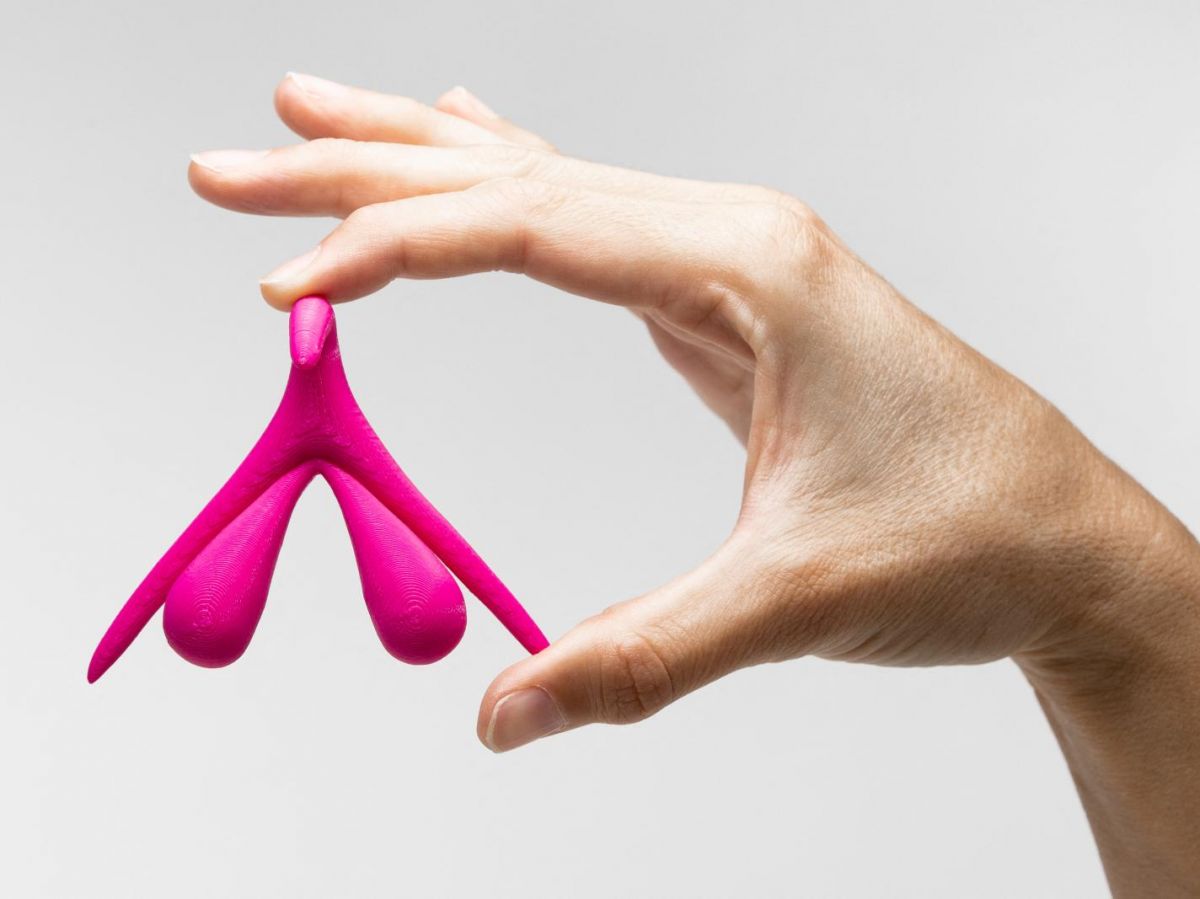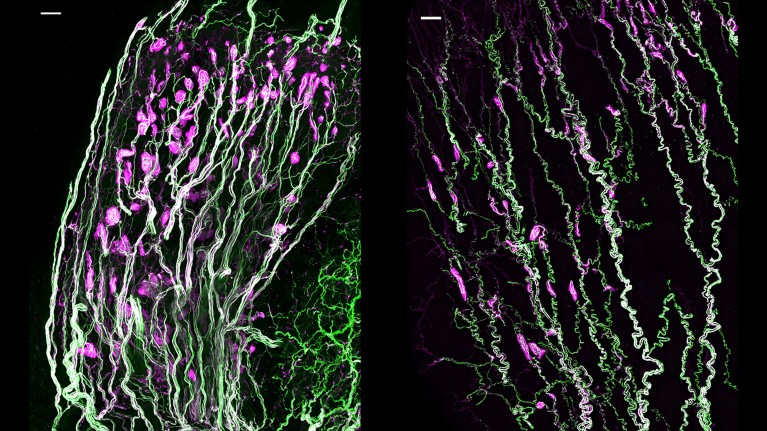The clitoris is lined with nerve endings! Researchers from Harvard University (USA) have studied in depth the nerve endings of this organ in female mice and compared it to the penis of male mice.
Hyperconcentrated neurons in the clitoris
Showing that the stimulation of two organs is based on the same mechanism, a very high sensitivity to low frequency vibrations (the same frequencies used by the Sex toys current, whose manufacturers had therefore arrived at this same conclusion... in a more empirical way).
This sensitivity is given by specific neurons, the number of which is comparable between the genitals of males and females. But, given the small size of the clitoris compared to the penis, these neurons find themselves hyperconcentrated in the female organ, which is literally covered with these vibration detectors. This enjoyable discovery was published on June 19, 2024 in the journal Nature.
Read alsoWhat is the clitoris for, apart from pleasure?
15 times more neurons sensitive to vibrations in the clitoris than in the penis
These neurons sensitive to vibrations form, on the surface of the clitoris and penis, structures called Krause corpuscles. In males, these sensory receptors are present on the glans penis as well as on the internal surface of the foreskin and inside the corpora cavernosa (which fill with blood during erection). And in the female, they are present on the clitoris, but not inside the vagina.
Both males and females have around 600 of these corpuscles in their genitals, with a concentration 15 times higher in the clitoris because of its small size compared to the glans penis. As a point of comparison, the density of the nerve endings of the fingers, which are also extremely sensitive, is three times less than that of the clitoris.
These corpuscles contain the axons (nerve endings of neurons) of several neurons, which have their origin at the bottom of the vertebral column, in the lumbar region and the sacrum. They may contain more or fewer neurons, with the majority having several axons, and some having only one or two axons.
There was also a greater concentration of neurons in the corpuscles of the clitoris than those of the penis: 93% of them included several axons, compared to only 70% for the male organ. These neurons sensitive to vibrations are therefore hyperconcentrated in the clitoris, explaining the hypersensitivity of the female organ.
Researchers discovered that sensory nerve cells called Krause corpuscles are denser on the clitoris of female mice (left) than on the penis of male mice (right). Credits: Lijun Qi, Michael Iskols and David Ginty
An ideal vibration is between 40 and 80 Hz
After dissecting the sensory receptors of the sexual organs, the researchers analyzed what stimuli they respond to. The neurons of the corpuscles do not react to changes in temperature, but only to vibrations.
The most effective frequencies for arousing them are between 40 and 80 Hz (around 50 Hz was the most effective), comparable to that already used by vibrating sex toys according to the authors. This stimulation triggered robust erections in males, as well as vaginal contractions in females.
Read alsoDiscovery: female snakes have a double heart-shaped clitoris
Defects in these corpuscles cause problems during sexual intercourse
On the other hand, mice genetically modified to no longer produce these neurons present problems during coitus. Males managed to have erections, confirming that other stimuli (olfactory in the case of mice) are important for this physiological phenomenon, but they had more difficulty maintainingErection. It is possible that these neurons play a role in maintaining an erection. Particularly those in the corpuscles located near the corpora cavernosa, which would be stimulated by the change in pressure during blood engorgement and thus help to maintain the erection.
Also, male mice presented abnormalities during penetration and had more difficulty ejaculating. In females, the lack of these neurons made penetration less frequent and its duration became shorter, showing less receptivity on the part of the female to the male's advances and his attempts at penetration, showing the importance of stimulation of the clitoris during sexual intercourse.

